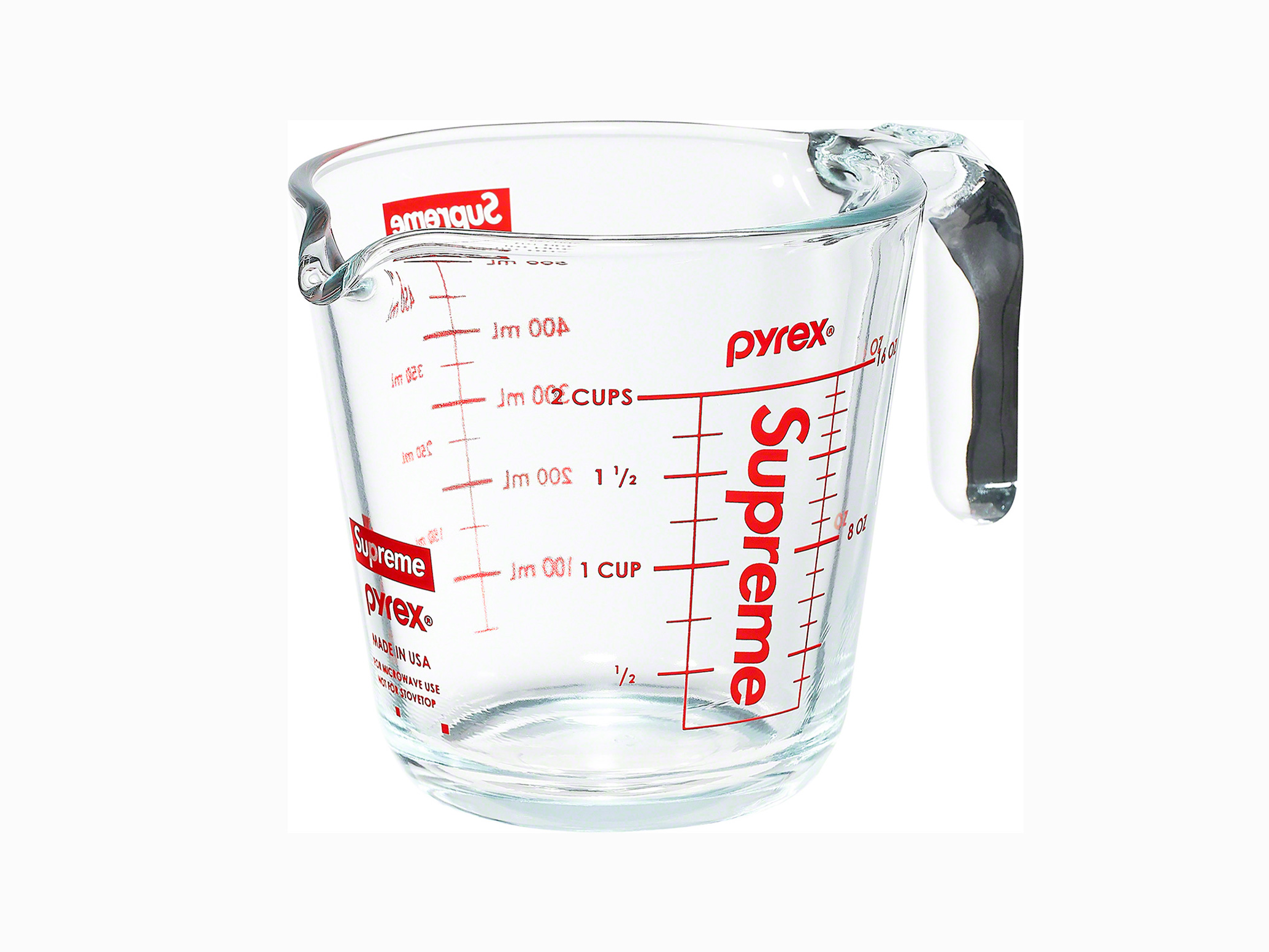


Assignors: HOETING, MICHAEL G., HOETING, STEPHEN C. ASSIGNMENT OF ASSIGNORS INTEREST (SEE DOCUMENT FOR DETAILS). Google has not performed a legal analysis and makes no representation as to the accuracy of the date listed.) Filing date Publication date Assigned to BANG ZOOM DESIGN, INC. Original Assignee Bang Zoom Design Priority date (The priority date is an assumption and is not a legal conclusion. Google has not performed a legal analysis and makes no representation or warranty as to the accuracy of the list.) Hoeting Current Assignee (The listed assignees may be inaccurate. Google has not performed a legal analysis and makes no representation as to the accuracy of the status listed.) Expired - Lifetime Application number US09/313,686 Inventor Michael G. *If you are an IOPScience subscriber, you can access the electronic version of the book at IOP Science.- Google Patents US6263732B1 - Measuring cupĭownload PDF Info Publication number US6263732B1 US6263732B1 US09/313,686 US31368699A US6263732B1 US 6263732 B1 US6263732 B1 US 6263732B1 US 31368699 A US31368699 A US 31368699A US 6263732 B1 US6263732 B1 US 6263732B1 Authority US United States Prior art keywords cup measuring cup ramp sidewall measuring Prior art date Legal status (The legal status is an assumption and is not a legal conclusion. If you are a big fan of video analysis and physics, you might want to check out my recent book-* Physics and Video Analysis.


This allows the disturbance to propagate faster and makes the speed of sound higher. Since the density of a solid is so much higher than a gas, the distance between particles is much smaller. The same thing happens in a solid, but with one big difference-density. Then these moving particles push other particles, and so on. In air, some particles interact with nearby particles, causing them to move. Sound is a moving disturbance in a medium. Actually, HyperPhysics lists the speed of sound in Pyrex at 5640 m/s.īut why is the speed of sound greater in a solid than in air? Here is my super-short answer. That is faster than the speed of sound in air (340 m/s) but not faster than the speed of sound in glass (4540 m/s). By fitting a linear function to this data, I find that it has a speed of 417 m/s (932 mph). However, if you look only at the straight part of the handle, you realize the crack's position changes uniformly with time. The first part of this data corresponds to the leading edge of the crack moving along the curve of the handle such that the velocity along the y-axis would not be constant.


 0 kommentar(er)
0 kommentar(er)
